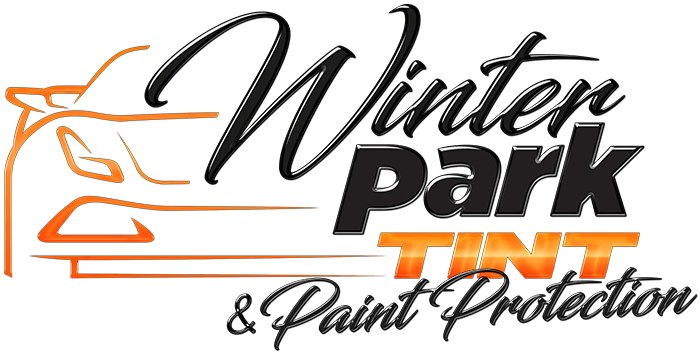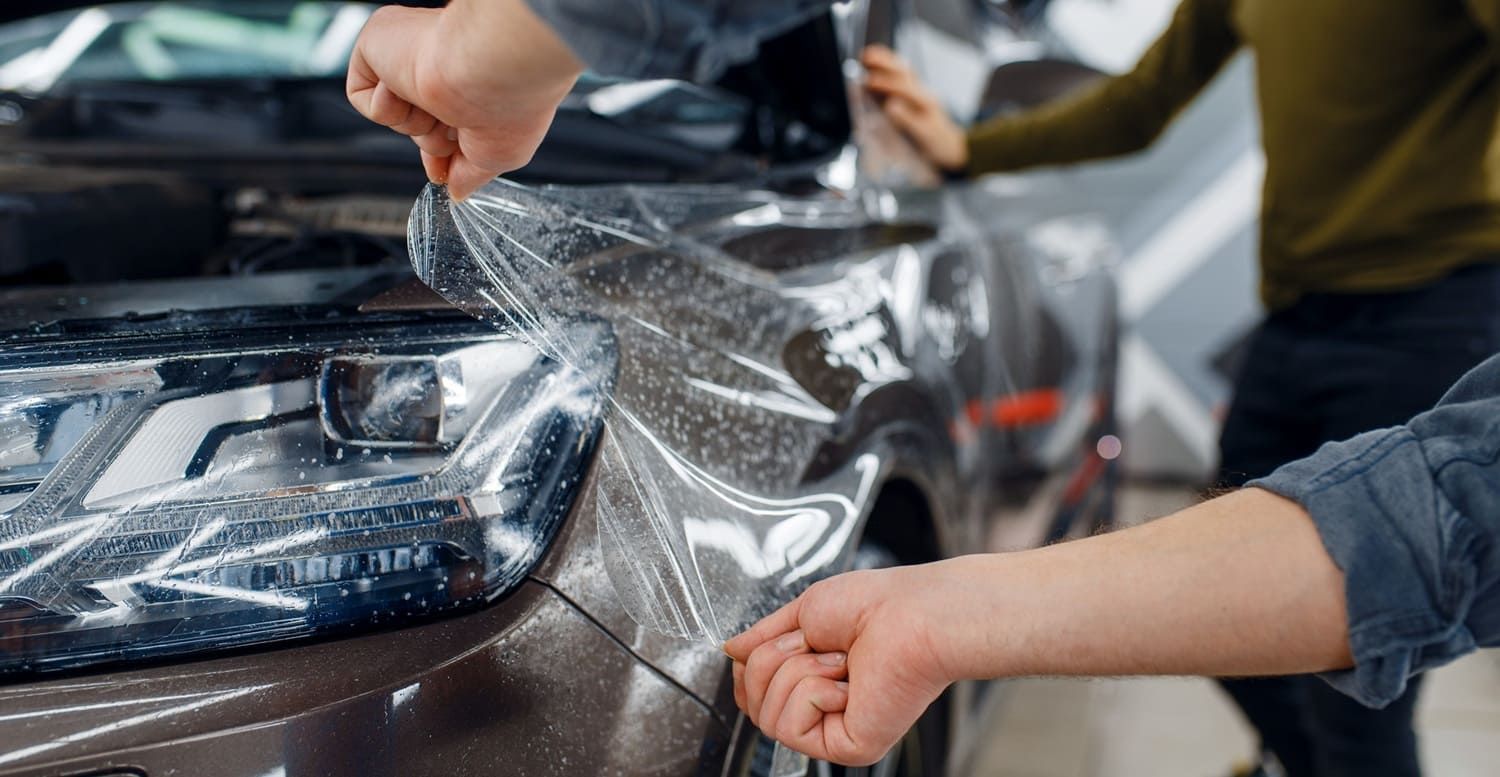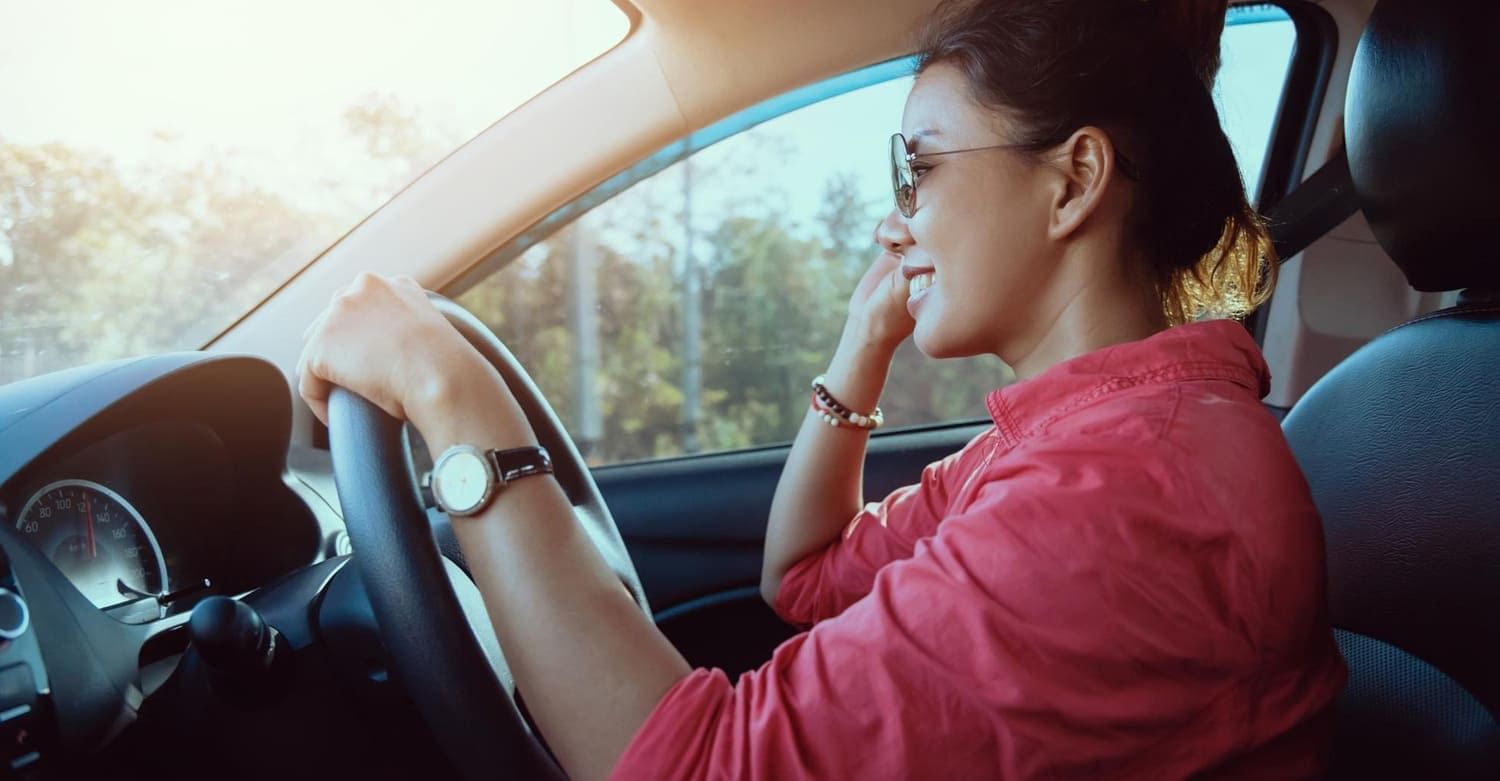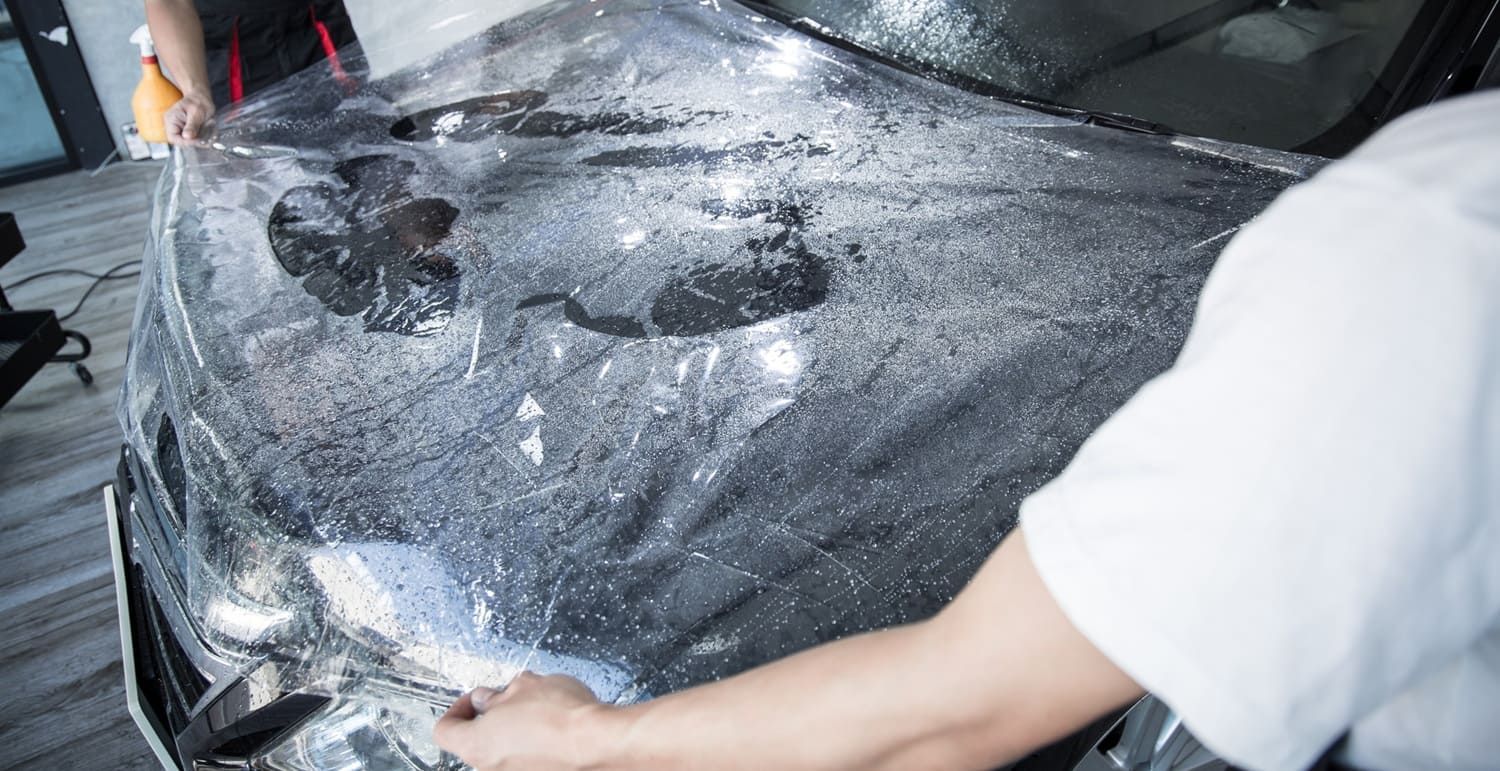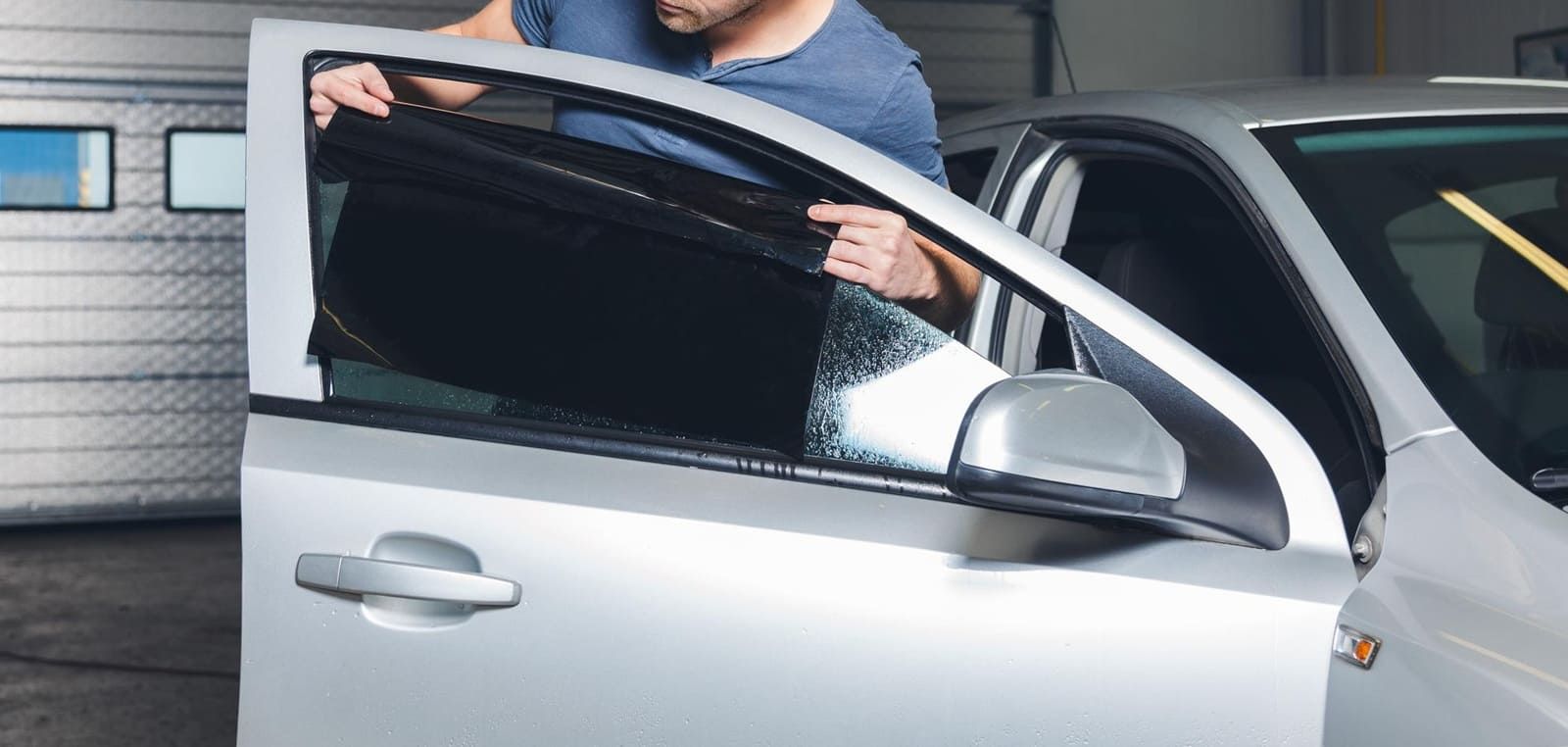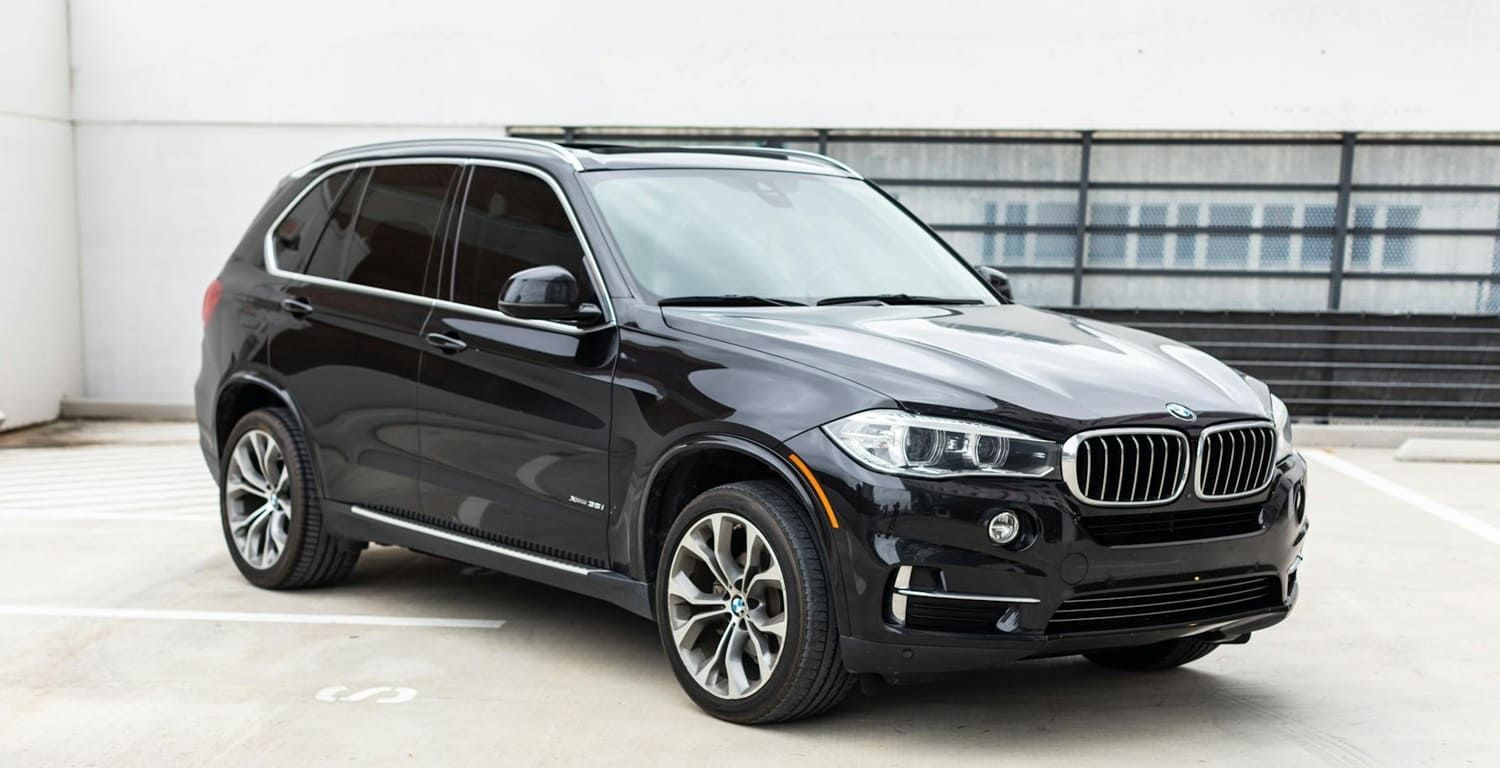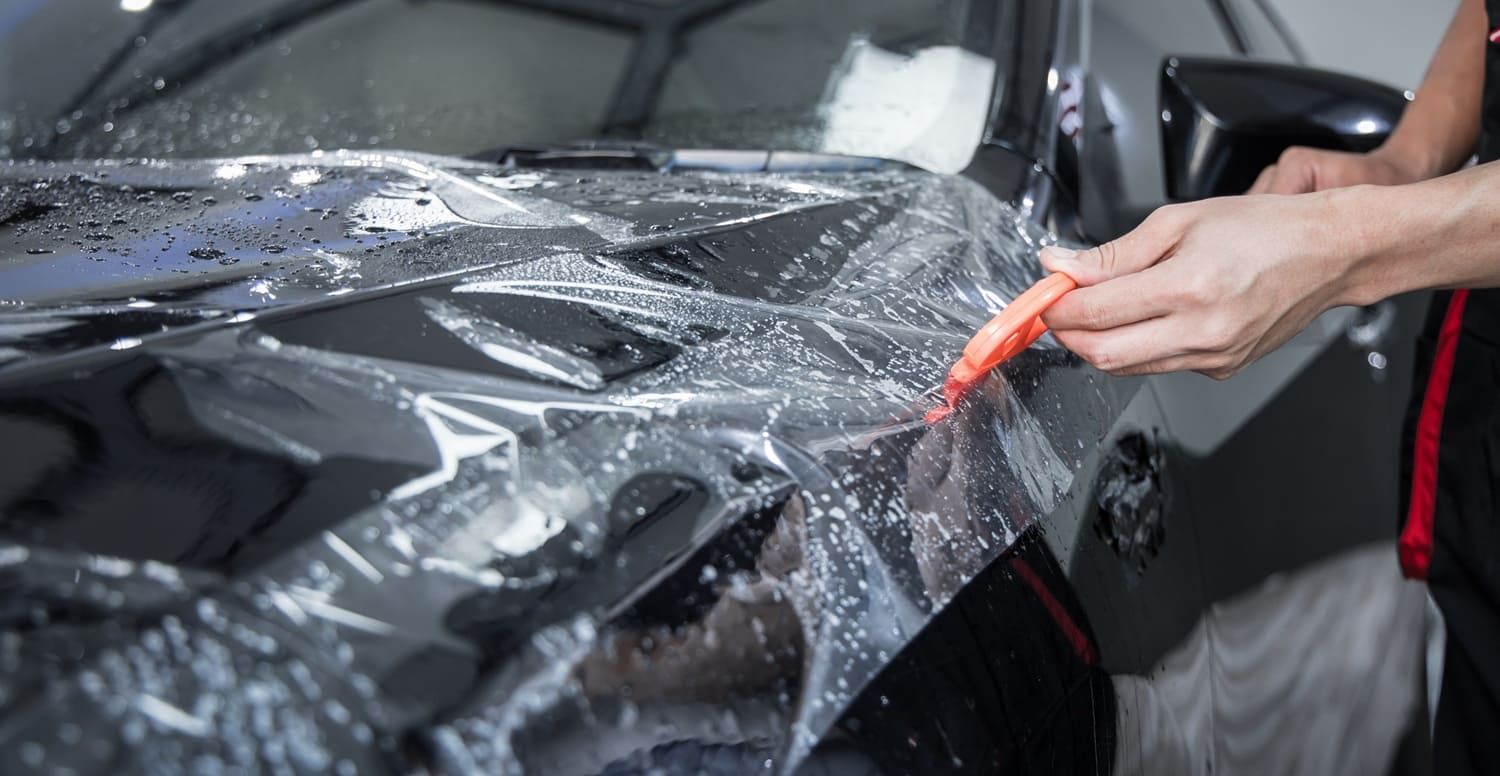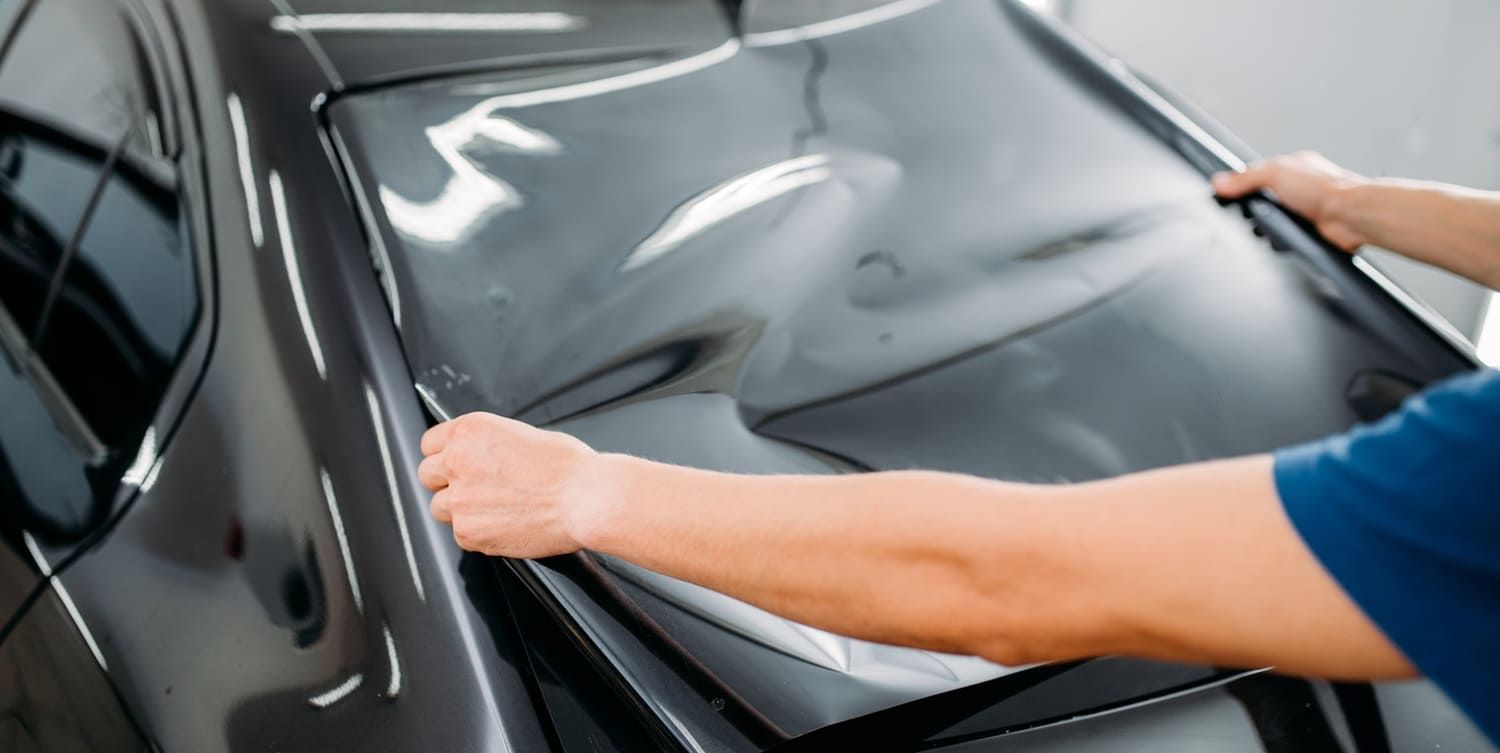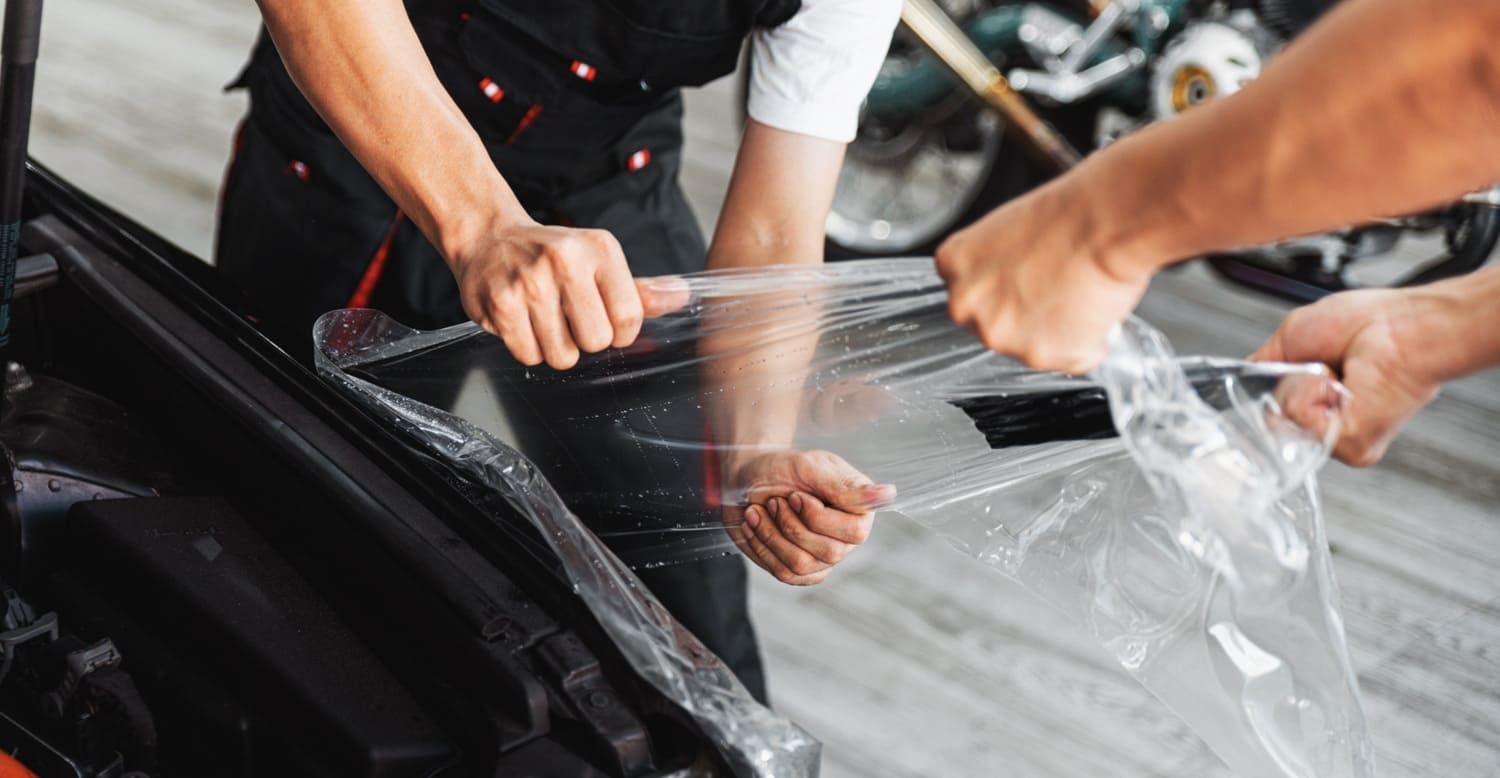How Long Does Paint Protection Film Really Last?
Paint protection film (PPF) is a game-changer for car owners. It shields your vehicle's paint from scratches, chips, and environmental damage. But how long does this protection last?
Understanding paint protection film durability is crucial. It helps you make informed decisions about your vehicle's care. The lifespan of PPF can vary based on several factors.
High-quality PPF can last between 5 to 10 years. However, climate, driving conditions, and maintenance play significant roles in its longevity. Regular care can extend its life.
Professional installation is key to maximizing PPF's lifespan. It ensures the film adheres properly and performs as expected. Investing in PPF can preserve your car's appearance and value.
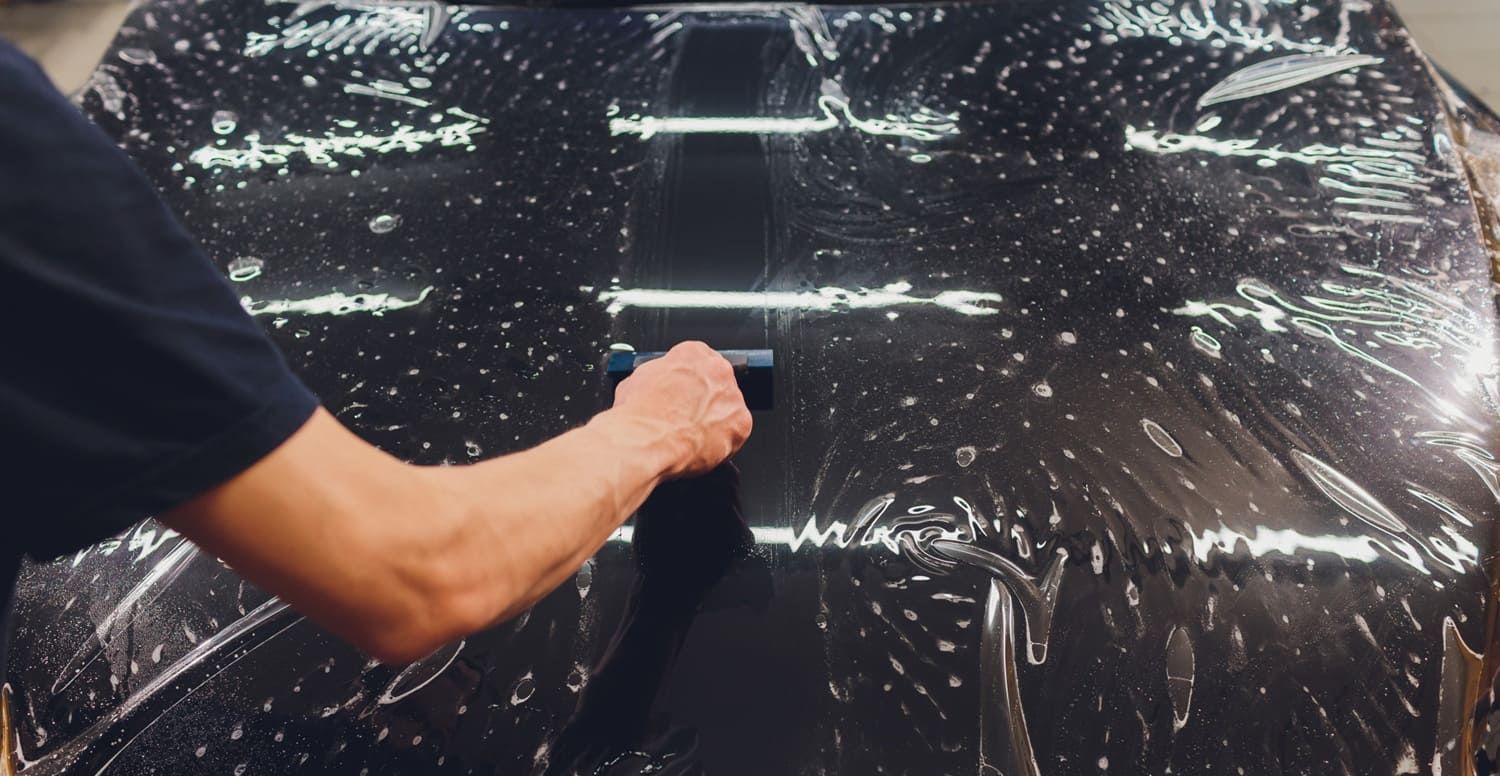
What Is Paint Protection Film and Why Use It?
Paint protection film is a thin, clear layer applied to a car's exterior. It acts as a shield against minor abrasions and environmental hazards.
Often referred to as PPF, this film preserves the original paint. Its transparency means your car's appearance remains unchanged. This is why many car enthusiasts love it.
PPF isn't just for show; it's a practical solution for everyday drivers too. It can protect against road debris, bird droppings, and bug splatter.
The benefits of using PPF include:
- Protection from scratches and chips
- Maintenance of paint color and quality
- Long-lasting protection against environmental damage
Car owners choose PPF for its self-healing properties. When exposed to heat, minor scratches disappear. This feature alone makes PPF a popular choice for those who want to maintain their vehicle's pristine look over time.
Average Lifespan: How Long Does Paint Protection Film Last?
The average lifespan of paint protection film varies. Typically, high-quality PPF lasts between 5 to 10 years. This range depends on several factors like climate, maintenance, and driving conditions.
Most top brands offer warranties that reflect this longevity. A well-applied film can protect your vehicle for many years. It's essential to consider both the film's quality and professional installation.
Factors influencing lifespan include UV exposure and film thickness. Thicker films offer more protection but may not adhere as smoothly. Climate also plays a significant role; sunnier areas can cause faster degradation.
Key elements affecting PPF lifespan:
- Film quality
- Environmental conditions
- Installation proficiency
Regular maintenance, like washing and waxing, extends durability. Ensuring the vehicle is clean helps maintain the film's clarity and effectiveness. Choosing the right film and caring for it properly ensures maximum lifespan and protection for your car.
Key Factors Affecting Paint Protection Film Durability
Several factors determine how long your paint protection film will last. Each plays a vital role in safeguarding your vehicle's appearance. Understanding these factors will help in making an informed choice.
First, the film's quality greatly influences its durability. Premium films offer better resistance to road debris and UV rays. Choosing high-quality products ensures long-lasting protection.
Second, professional installation is crucial. Incorrectly applied film can lead to peeling or bubbling. Expertise in installation provides a seamless and durable finish.
Lastly, environmental conditions also affect PPF durability. Harsh weather can accelerate wear, especially in extreme climates. Regular maintenance routines, tailored to local conditions, are essential for prolonging film life.
Factors impacting PPF durability include:
- Film quality and type
- Installation precision
- Environmental conditions
- Maintenance practices
Quality of the Film
High-quality paint protection films offer superior defense against damage. These films typically have enhanced UV resistance and self-healing properties. Their chemical composition ensures they remain clear and effective over time.
A reliable PPF brand often provides warranties, assuring long-term performance. These warranties usually range from 5 to 10 years. Investing in quality materials pays off by preserving your vehicle's paint and overall look.
Professional Installation
Installation plays a pivotal role in the effectiveness of PPF. A poorly applied film can result in air bubbles and misalignment. Such issues can compromise both the durability and aesthetics of the protection.
Certified professionals possess the skills to install PPF correctly. Their expertise ensures the film adheres seamlessly without defects. For optimal results, always choose experienced installers to apply your paint protection film.
Environmental and Driving Conditions
PPF's longevity is notably influenced by environmental factors. Harsh weather conditions, like extreme heat or cold, can affect the film. Driving conditions also matter; frequent travel on rough roads may reduce its lifespan.
Regularly encountering road salt or debris can lead to more wear. In coastal areas, salt can also accelerate film degradation. To combat these effects, regular vehicle inspection is recommended.
Key environmental factors include:
- Climate and weather patterns
- Road conditions
- Salt and debris exposure
Maintenance and Care
Proper maintenance greatly enhances the lifespan of your PPF. Simple routines like regular washing can prevent buildup of dirt and grime. Using appropriate cleaning products helps maintain the film's clarity.
Waxing is also beneficial for PPF care. It adds an extra layer of protection, enhancing the film's effectiveness. Regular inspections to check for damage allow timely repairs, extending the film's life further.
Key maintenance practices include:
- Regular washing and waxing
- Use of suitable cleaning products
- Frequent inspections for damage
Signs Your Paint Protection Film Needs Replacement
Recognizing when PPF needs replacement is crucial for maintaining your vehicle's appearance. One significant sign is visible discoloration. Yellowing or cloudiness indicates degradation and reduced protection.
Physical damage is another clear indicator. If the film has noticeable scratches or peeling edges, replacement is likely needed. These defects can reduce its effectiveness.
Additionally, reduced self-healing properties suggest aging. When minor scratches remain visible, the film may have lost its protective capabilities. Pay attention to these signs to maintain optimal vehicle protection.
Signs that PPF needs replacement:
- Discoloration or yellowing
- Scratches or peeling
- Loss of self-healing properties
How to Maximize the Lifespan of Your Paint Protection Film
To extend the life of your paint protection film, proper care is essential. Regular washing can prevent the build-up of dirt and debris. This helps maintain the film's clarity and gloss.
Use gentle cleaning methods to avoid damage. Soft cloths and mild detergents preserve the film's surface. Aggressive cleaning tools can scratch or mar the film, reducing its longevity.
Opt for shaded parking when possible. This minimizes UV exposure, which can degrade the film over time. In sunny climates, UV can significantly shorten the lifespan of PPF.
Routine maintenance checks are beneficial. Look for any signs of wear or damage. Early detection of issues can prevent further deterioration, ensuring your PPF remains effective for years.
Tips for maximizing PPF lifespan:
- Regular, gentle cleaning
- Avoid harsh cleaning tools
- Park in shaded areas
- Conduct routine maintenance checks
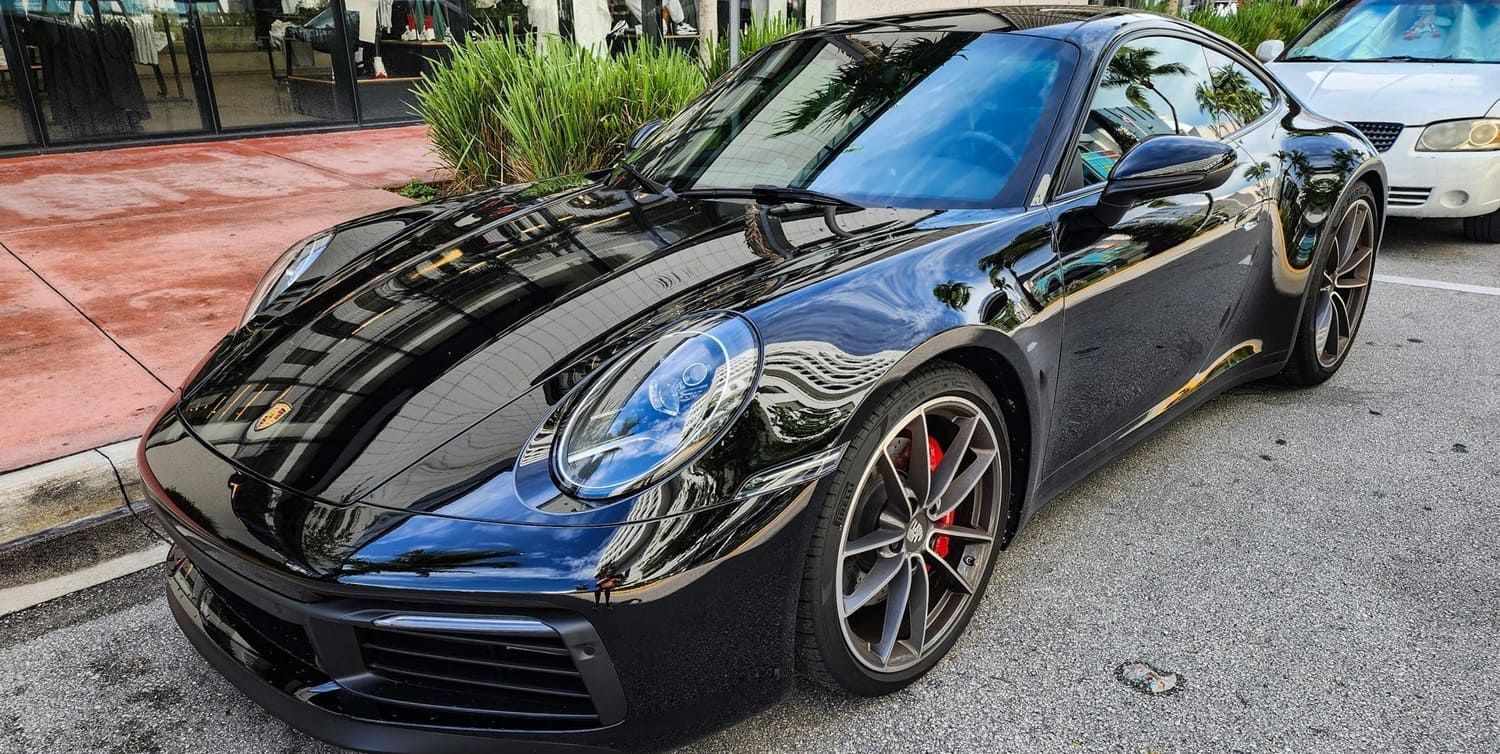
Paint Protection Film vs. Other Car Wraps and Coatings
Paint protection film (PPF) offers unique benefits compared to other wraps and coatings. Unlike vinyl wraps, which are primarily for aesthetics, PPF excels in protection. It's designed to safeguard against scratches, chips, and environmental damage.
Coatings like ceramic provide a different kind of protection. They enhance gloss and offer some chemical resistance. However, they don't match the impact protection PPF provides. Ceramic coatings are often used to complement PPF rather than replace it.
Consider your protection goals when choosing between them. Each has its strengths and limitations. For high-impact areas, PPF is unmatched. Here's how PPF compares to other options:
- PPF: Best for impact and scratch protection
- Vinyl Wraps: Primarily for aesthetic customization
- Ceramic Coatings: Great for enhancing gloss and chemical resistance
Common Myths About Paint Protection Film Durability
Many myths surround paint protection film (PPF) durability. Some believe it can last forever without maintenance. This is not true. Regular care is essential to maximize its lifespan.
Another myth suggests all PPFs have the same durability. In reality, quality varies greatly between brands and models. Not all films are made equal.
There's also a misconception that PPF will always stay clear and glossy. Over time, external factors can affect its appearance. Here are some myths debunked:
- Myth: PPF doesn’t require care
- Myth: All PPFs last the same
- Myth: PPF never loses clarity
Is Paint Protection Film Worth the Investment for Long-Lasting Protection?
Investing in paint protection film (PPF) offers numerous benefits. It helps protect your car against scratches, chips, and debris. Many car enthusiasts view it as an essential for long-lasting care.
Additionally, PPF can preserve a vehicle's appearance and resale value. By maintaining the paint's condition, it's easier to keep the car looking new. This protection can be especially beneficial for expensive vehicles.
In considering its worth, assess your usage and environment. If you often drive in harsh conditions, PPF could save you money in the long run. Remember, quality and installation matter greatly.
- Benefit: Prevents scratches and chips
- Benefit: Maintains resale value
- Benefit: Protects car's appearance
Conclusion: Making the Most of Your Car Wrap Lifespan
At Winter Park Tint & Paint Protection, the best paint protection film installers near you serving Winter Park, FL, we understand that proper PPF maintenance is key to maximizing your investment. Regular cleaning and inspections are essential to keeping your paint protection film in optimal condition for years to come.
Start with high-quality film and professional installation—because the better the materials and application, the longer your PPF will last. Investing in quality up front helps reduce long-term issues and ensures greater durability and clarity over time.
Also, consider your environment and driving habits. If your vehicle is frequently exposed to intense sunlight or rough road conditions, adjusting your care routine accordingly will help preserve the film’s protective properties.
Contact Winter Park Tint & Paint Protection today for a free estimate, and let us help you keep your vehicle looking flawless with expert paint protection solutions and tailored care recommendations.
FAQs About Paint Protection Film Lifespan and Durability
How long does paint protection film (PPF) typically last?
High-quality paint protection film can last 7 to 10 years or more when professionally installed and properly maintained.
Does the brand of PPF affect how long it lasts?
Yes, premium brands like LLumar, XPEL, and SunTek offer advanced films with UV resistance, self-healing properties, and long-term warranties.
What factors impact the lifespan of PPF?
PPF durability depends on sun exposure, driving conditions, maintenance habits, film quality, and installation technique.
Does PPF wear out faster in hot or sunny climates?
Yes, extreme UV exposure and high temperatures can accelerate wear, especially if the vehicle isn’t parked in shaded or protected areas.
What happens to PPF as it ages?
Over time, lower-quality films may show yellowing, peeling, cracking, or reduced clarity. Premium films resist these issues for longer.
Is self-healing PPF more durable?
Yes, self-healing films can recover from minor scratches and swirl marks with heat, helping maintain a flawless look for years.
How do I know when it’s time to replace my PPF?
If you notice discoloration, bubbling, edge lifting, or loss of gloss, it may be time to remove and reapply the film.
Does washing my car affect PPF longevity?
Regular washing helps maintain the film, but avoid abrasive tools and harsh chemicals. Use pH-balanced soaps and soft microfiber cloths.
Can ceramic coating on top of PPF extend its life?
Yes, applying a ceramic coating over PPF adds another layer of UV and chemical resistance, making maintenance easier and improving durability.
Will PPF last longer on a garage-kept vehicle?
Absolutely. Indoor storage reduces exposure to UV, rain, road salt, and debris, all of which contribute to faster film aging.
Does PPF have a warranty?
Yes, most premium films come with a 5–10 year manufacturer warranty, covering defects like yellowing, cracking, and delamination.
Can PPF be removed and replaced without damaging paint?
Yes. Professional removal ensures the underlying paint remains unharmed, especially if the original surface was factory-painted.
Is full-body PPF more durable than partial coverage?
Full-body PPF offers consistent protection, but the film itself lasts the same amount of time regardless of coverage area.
Can damaged PPF be spot-repaired or patched?
In some cases, small areas can be replaced, but full-panel replacement is often recommended to maintain appearance and adhesion.
Does driving frequency affect PPF lifespan?
Yes. Daily drivers and highway vehicles experience more wear from rocks, bugs, and debris, which can reduce film life over time.
Will PPF prevent all types of paint damage?
No. PPF defends against rock chips, scratches, swirl marks, and chemical stains, but may not protect against deep dents or sharp impact damage.
Can I wax or polish a car with PPF?
Yes, but avoid abrasive compounds. Use PPF-safe waxes or sealants, or opt for ceramic coatings formulated for use over film.
Does PPF lose its self-healing ability over time?
Eventually, yes. Most self-healing properties begin to degrade after several years, depending on exposure and care.
Is it worth reapplying PPF after 7–10 years?
Yes, especially if your vehicle still has pristine paint and long-term resale or aesthetic value is a priority.
How can I maximize the life of my PPF?
Follow best practices: gentle washing, ceramic coating, shaded parking, and avoiding automatic car washes with harsh brushes.

